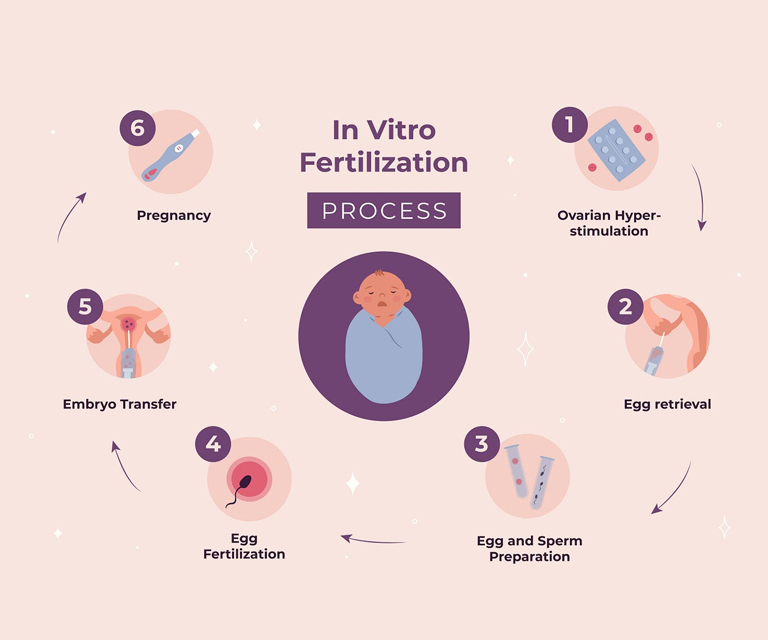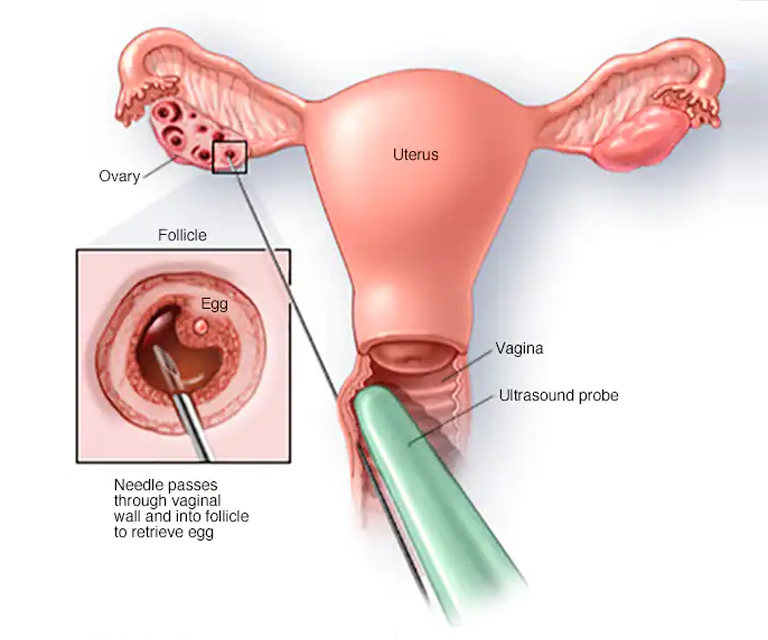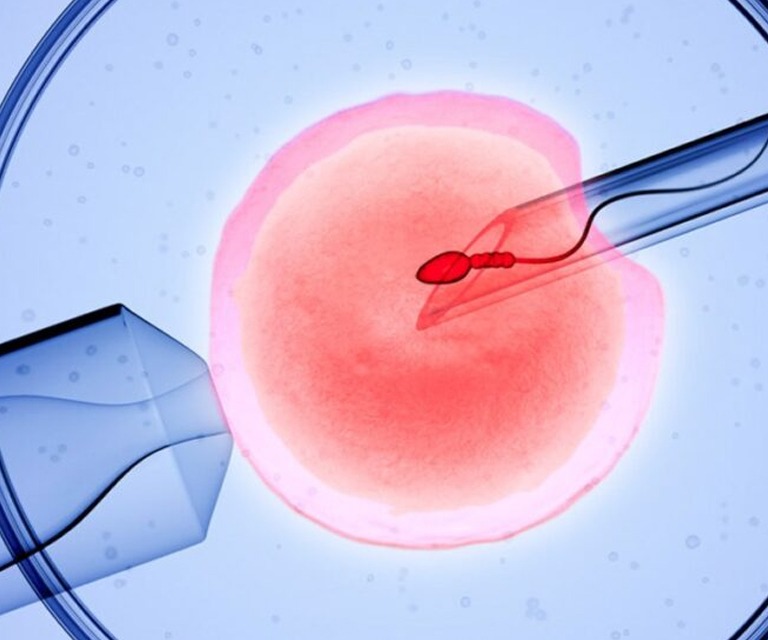In vitro fertilization (IVF) is a remarkable assisted reproductive technology that has helped countless couples and individuals achieve their dreams of becoming parents. This complex process involves multiple steps and requires careful coordination between medical professionals and hopeful parents-to-be. In this blog, we'll take you on a step-by-step journey through the IVF process, shedding light on each crucial stage.
IVF stands for "In Vitro Fertilization." It's a fertility treatment and assisted reproductive technology that helps individuals and couples with infertility issues to conceive a child. The process involves the combination of an egg and sperm in a laboratory setting to create an embryo, which is then transferred to the uterus for potential implantation and pregnancy. IVF is commonly used when other fertility treatments have not been successful or when there are specific medical conditions affecting fertility.
1. Initial Consultation and Evaluation:
The journey begins with an initial consultation with a fertility specialist. Medical history, lifestyle factors, and any underlying conditions are assessed to determine the best course of action. Both partners may undergo fertility tests to identify any potential issues.
2. Ovarian Stimulation:
In this stage, the woman's ovaries are stimulated to produce multiple eggs using fertility medications. Ultrasounds and blood tests are conducted to monitor the growth and development of the eggs.
3. Egg Retrieval:
Once the eggs are mature, a minor surgical procedure called egg retrieval or aspiration is performed. A thin needle is used to gently collect the eggs from the ovaries. The procedure is typically done under anesthesia and lasts around 20-30 minutes.
4. Sperm Collection and Preparation:
On the same day as the egg retrieval or earlier, a semen sample is collected from the male partner or a sperm donor. The sperm is processed and prepared for fertilization.
5. Fertilization:
The eggs and sperm are combined in a laboratory dish for fertilization to occur. This process may involve traditional IVF (where eggs and sperm are placed together) or intracytoplasmic sperm injection (ICSI), where a single sperm is directly injected into an egg.
6. Embryo Development and Monitoring:
Fertilized eggs develop into embryos over the next few days. The embryos are monitored for quality and growth. Typically, embryos are cultured for 3 to 5 days before being transferred.
7. Embryo Transfer:
Healthy embryos are selected for transfer into the woman's uterus. This is a relatively simple procedure that doesn't require anesthesia. The number of embryos transferred is often discussed with the couple or individual, considering factors such as age and health.
8. Luteal Phase Support:
After the embryo transfer, the woman may be prescribed hormonal medications to support the uterine lining and aid embryo implantation.
9. Waiting and Pregnancy Test:
The waiting period after the embryo transfer can be emotionally challenging. A blood test is conducted about 10-14 days after the transfer to determine if pregnancy has occurred.
10. Pregnancy Monitoring:
If the pregnancy test is positive, the woman undergoes regular ultrasounds and blood tests to monitor the progress of the pregnancy.
A Pathway to Hope:
The IVF process is a journey filled with hope, anticipation, and careful medical guidance. It's important to remember that every individual's experience is unique, and outcomes can vary. While the journey can be physically and emotionally demanding, many couples and individuals have achieved their dreams of parenthood through IVF. With advancements in reproductive technology and the support of dedicated medical professionals, the IVF process continues to offer a pathway to building loving families.
IVF can be used in various situations, including fallopian tube blockages, male infertility, ovulation disorders, endometriosis, and unexplained infertility. It's a comprehensive and multi-step process that requires medical expertise and careful coordination between fertility specialists, laboratory professionals, and the individuals or couples undergoing treatment.



© 2022 Jannee Fertility Centre. All Rights Reserved.
Designed by AMS Informatics